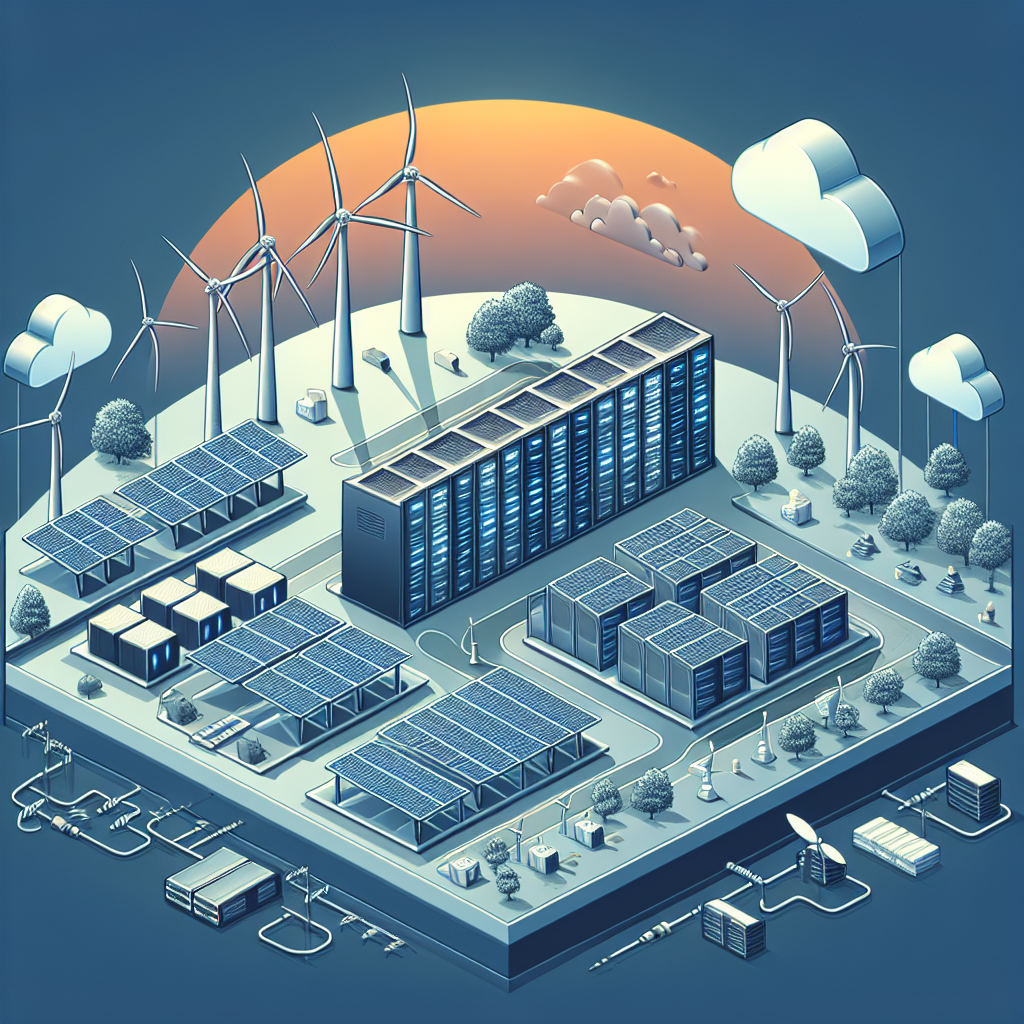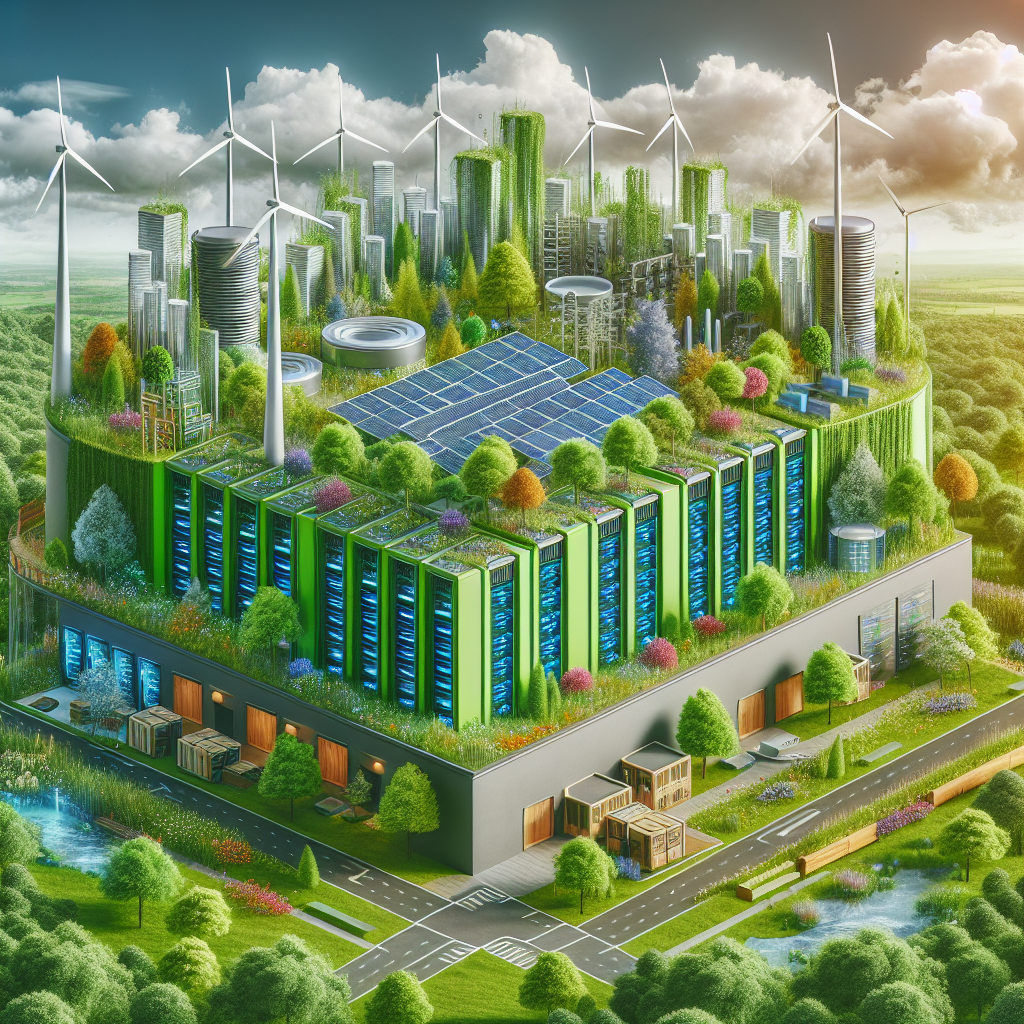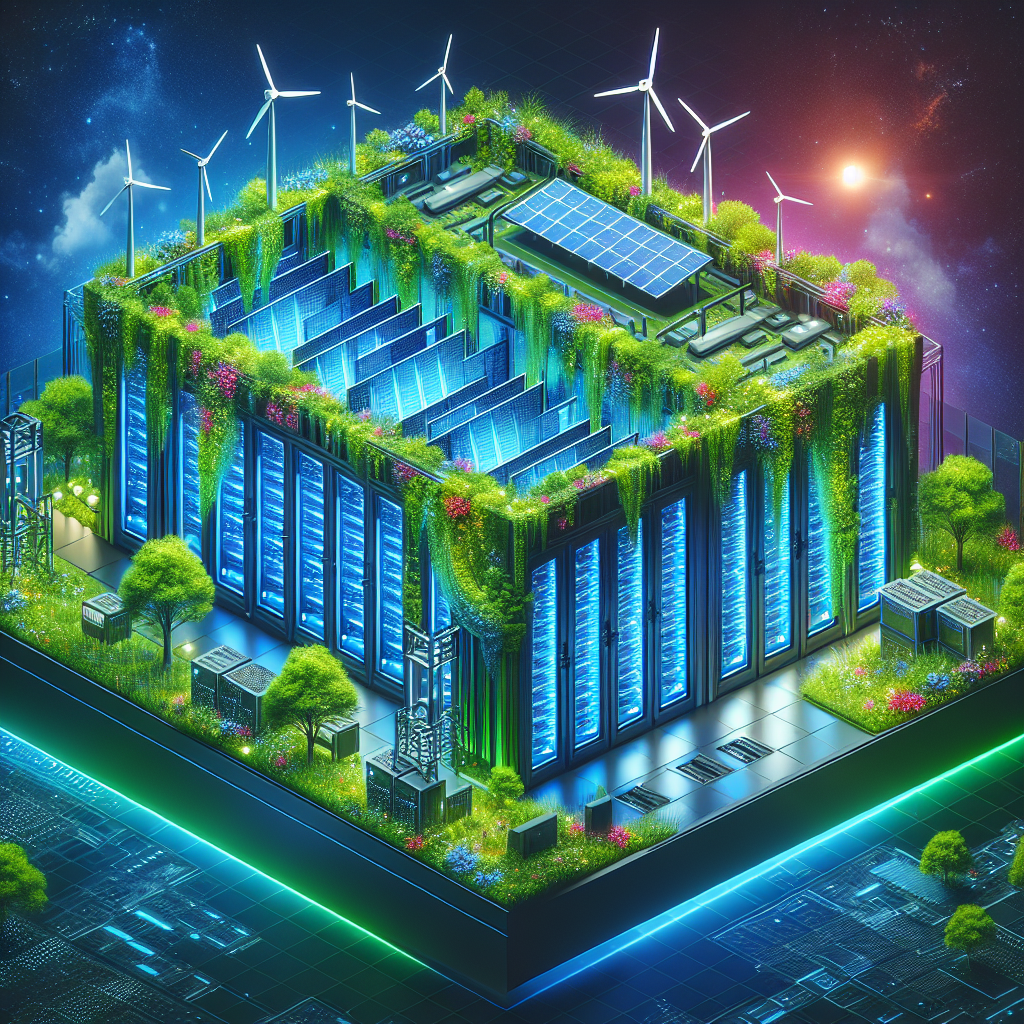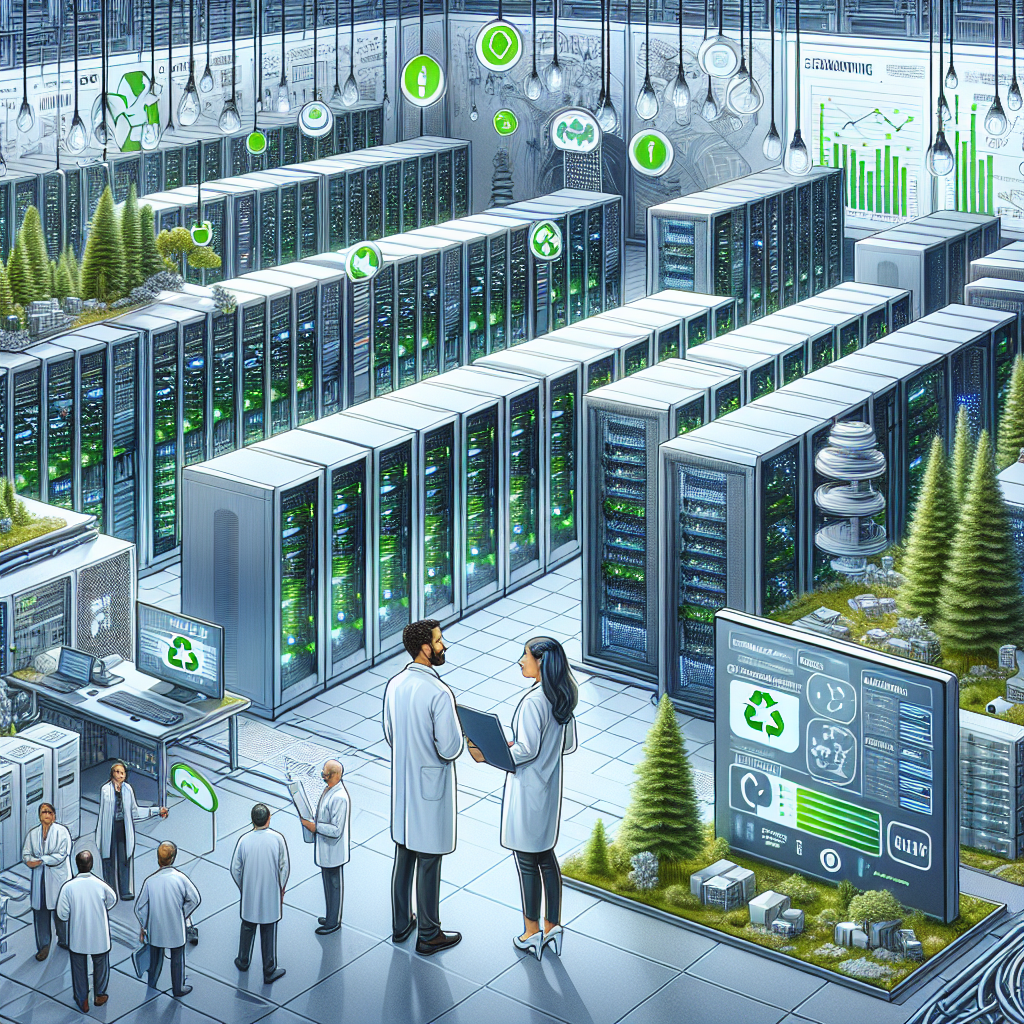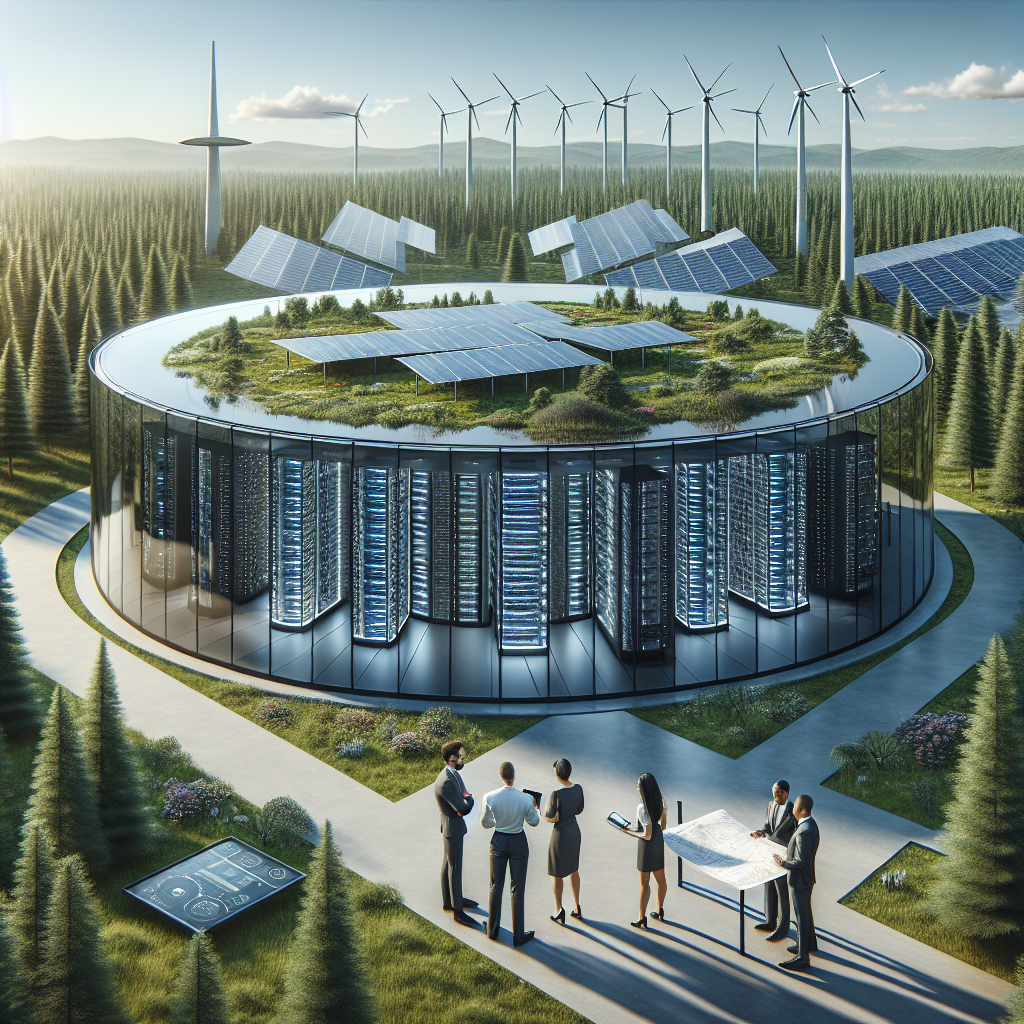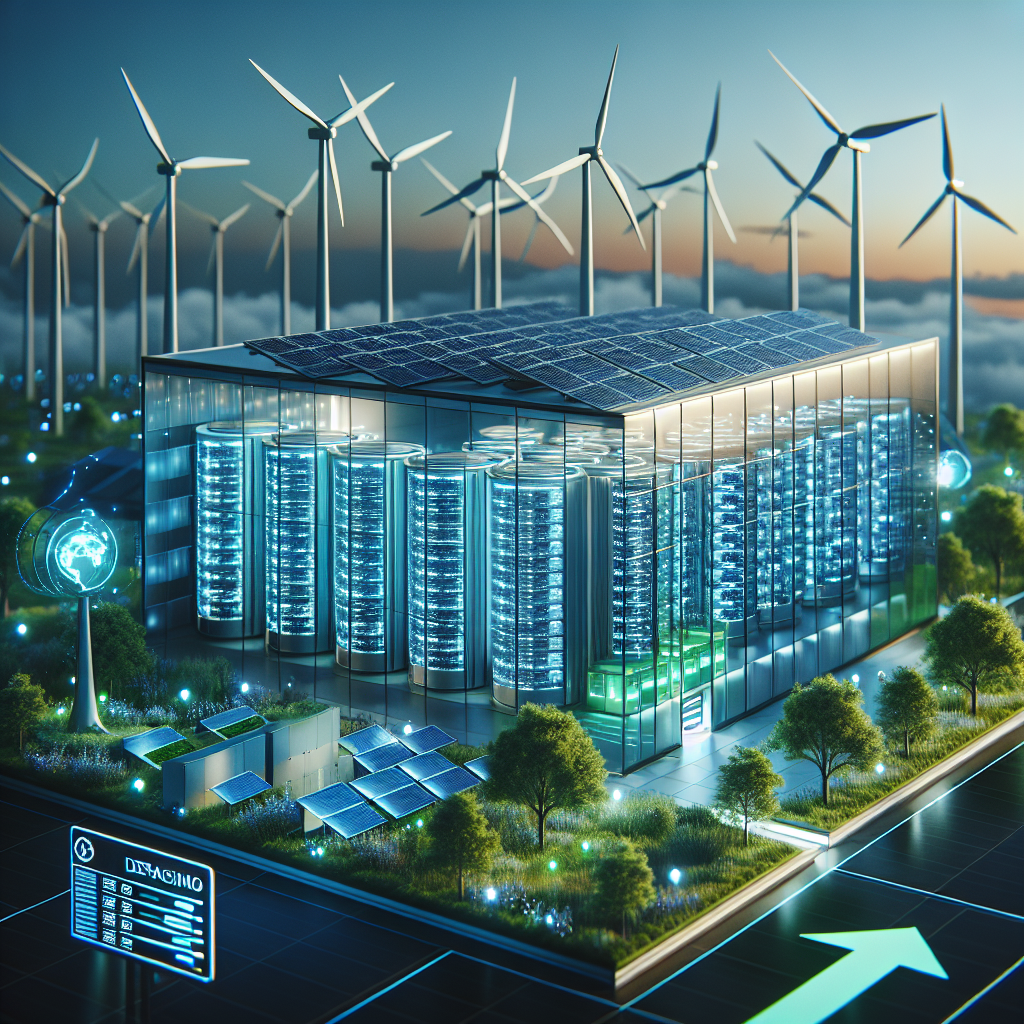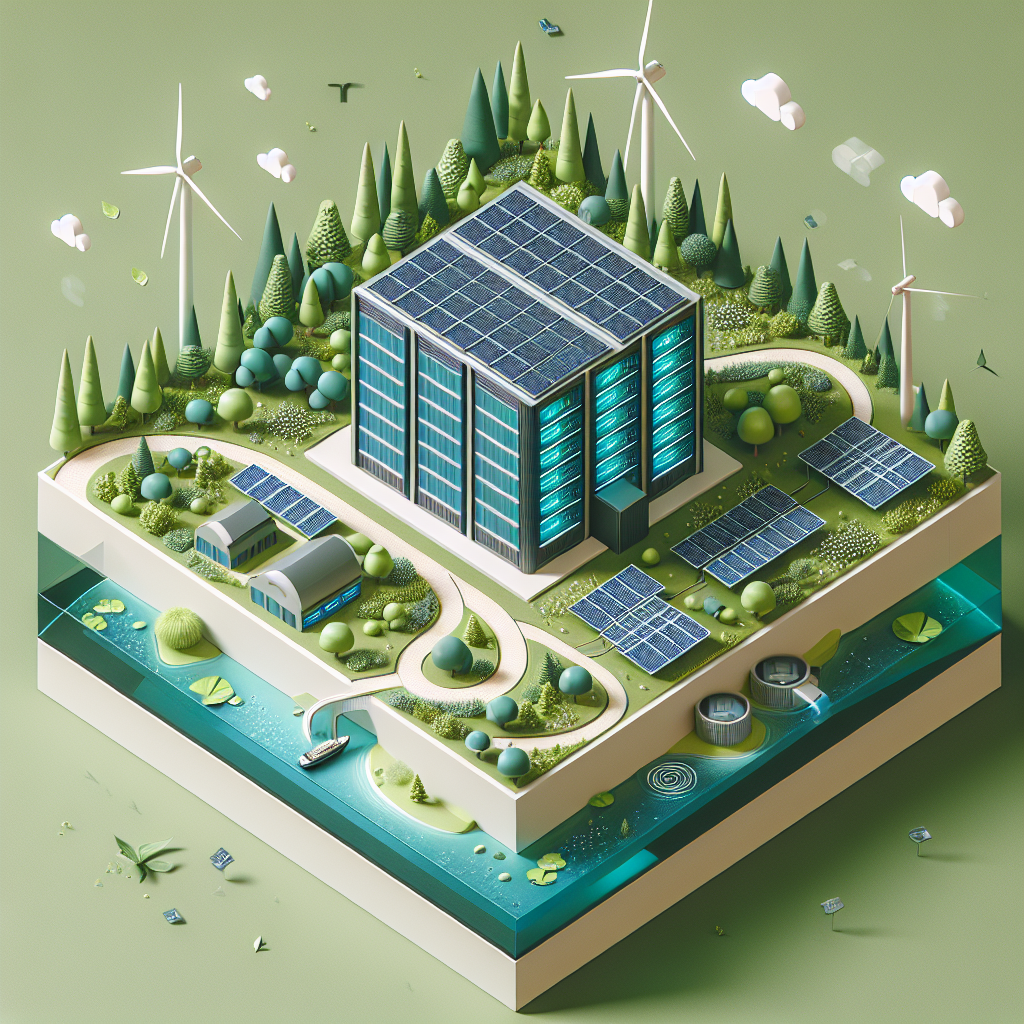In today’s digital age, data centers play a crucial role in our everyday lives. From storing and processing data to hosting applications and services, data centers are the backbone of the internet and the digital economy. However, the rapid growth of data and the increasing demand for computing power have put immense pressure on data center infrastructure, leading to concerns about energy consumption, carbon emissions, and overall sustainability.
To address these challenges, organizations need to adopt a holistic approach to data center lifecycle management. This involves planning for the future and implementing strategies that promote sustainability and efficiency throughout the data center’s lifespan. Here are some key strategies for sustainable data center lifecycle management:
1. Energy Efficiency: One of the biggest challenges facing data centers is energy consumption. Data centers are known to be power-hungry facilities that consume vast amounts of electricity to power servers, cooling systems, and other equipment. To reduce energy consumption and improve efficiency, organizations can implement energy-saving technologies such as virtualization, server consolidation, and energy-efficient hardware. Additionally, organizations can optimize cooling systems, use renewable energy sources, and implement power management solutions to reduce their carbon footprint.
2. Lifecycle Assessment: It is essential for organizations to conduct a lifecycle assessment of their data center infrastructure to understand the environmental impact of their operations. This involves evaluating the energy consumption, carbon emissions, and resource usage of the data center throughout its lifespan, from construction and operation to decommissioning and disposal. By conducting a lifecycle assessment, organizations can identify areas for improvement and implement strategies to reduce their environmental impact.
3. Sustainable Design: When planning for a new data center or expanding an existing facility, organizations should prioritize sustainable design principles. This includes designing energy-efficient buildings, using eco-friendly materials, and implementing green technologies such as free cooling systems, solar panels, and energy-efficient lighting. By incorporating sustainable design principles into data center construction, organizations can reduce energy consumption, lower operating costs, and minimize environmental impact.
4. Decommissioning and Recycling: As data centers reach the end of their lifespan, organizations must properly decommission and dispose of outdated equipment and infrastructure. This involves safely removing and recycling hardware, disposing of electronic waste, and decommissioning data center facilities in an environmentally responsible manner. By recycling and reusing components, organizations can reduce waste, minimize landfill disposal, and promote a circular economy.
5. Continuous Improvement: Sustainable data center lifecycle management is an ongoing process that requires continuous monitoring, evaluation, and improvement. Organizations should regularly assess their data center operations, implement energy-saving measures, and track progress towards sustainability goals. By continually improving efficiency, optimizing resource usage, and adopting new technologies, organizations can ensure the long-term sustainability of their data center operations.
In conclusion, planning for the future and implementing strategies for sustainable data center lifecycle management is essential for organizations to reduce their environmental impact, improve efficiency, and promote sustainability. By prioritizing energy efficiency, conducting lifecycle assessments, implementing sustainable design principles, properly decommissioning and recycling equipment, and continuously improving operations, organizations can build and maintain data centers that are environmentally responsible and economically viable for years to come.

